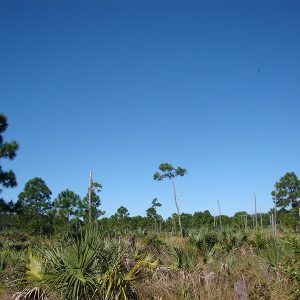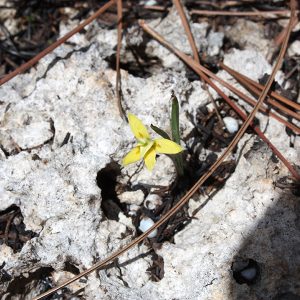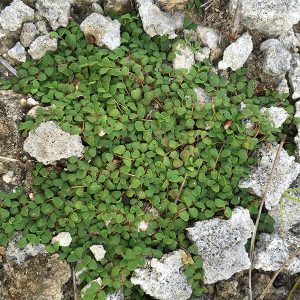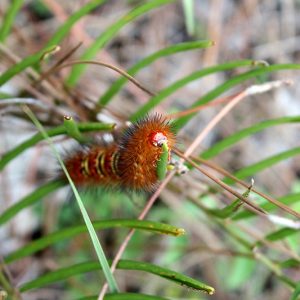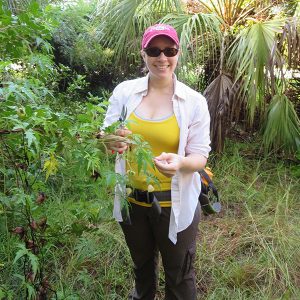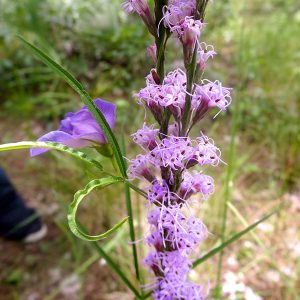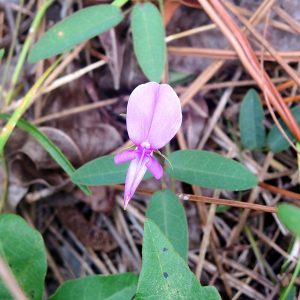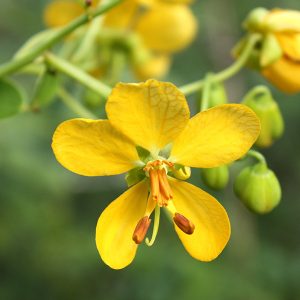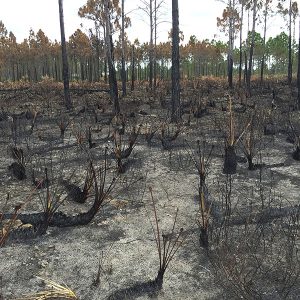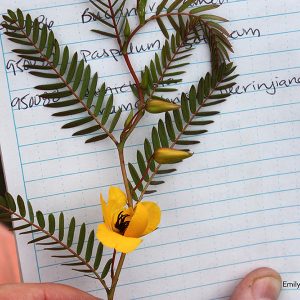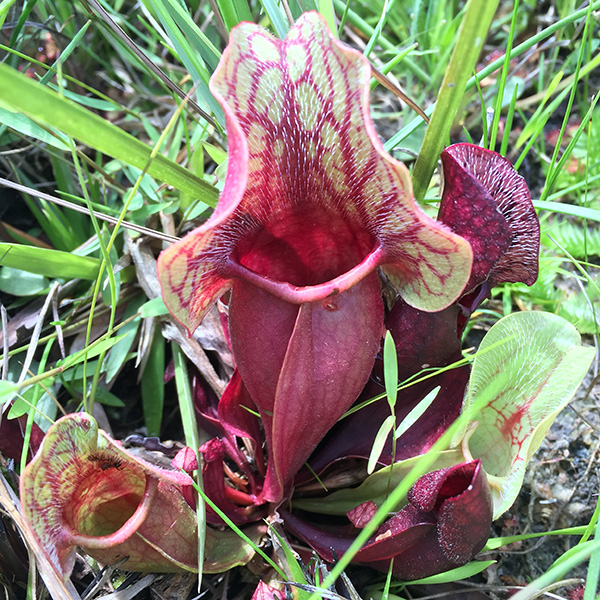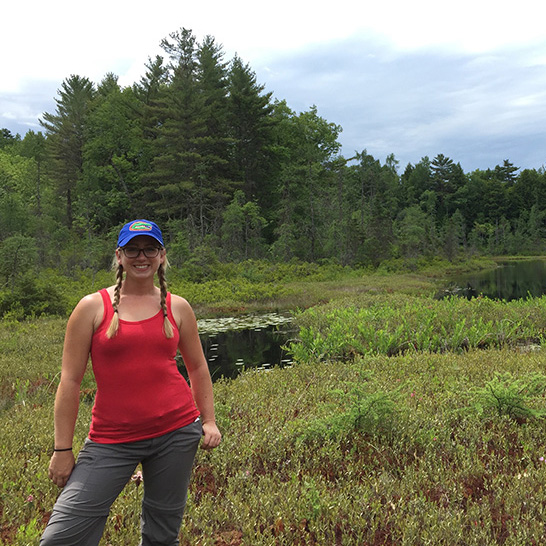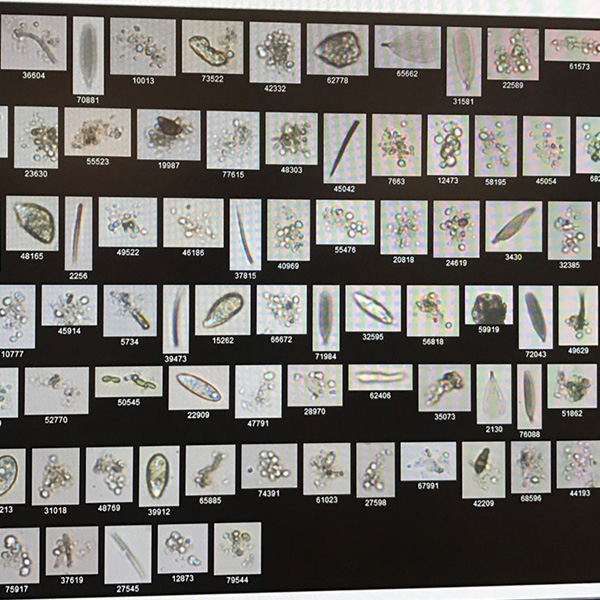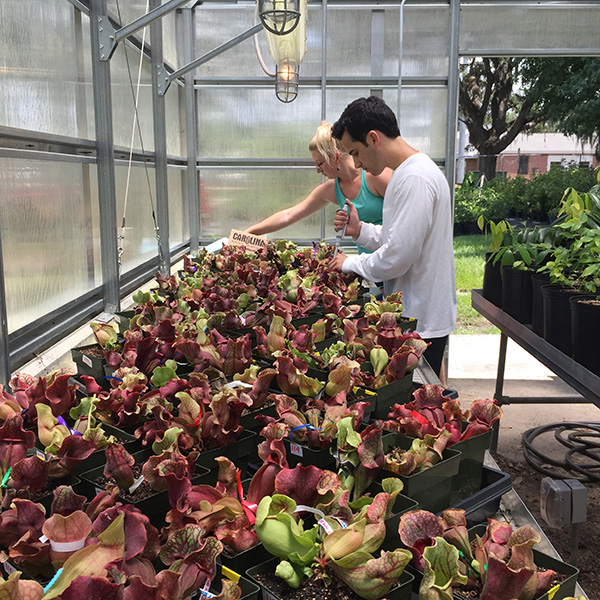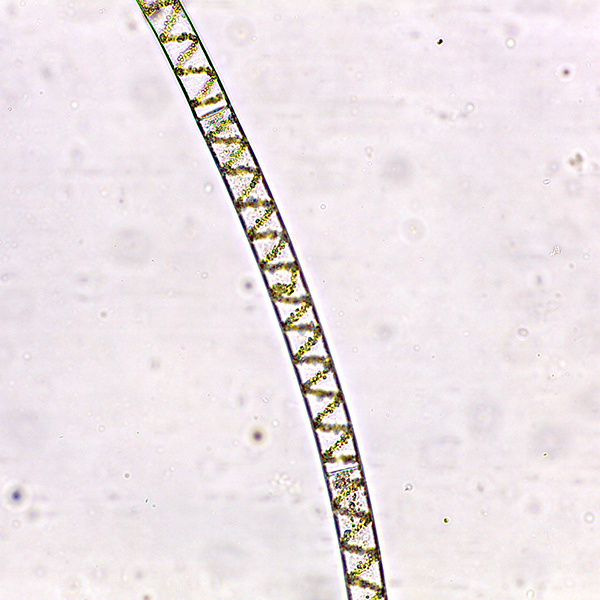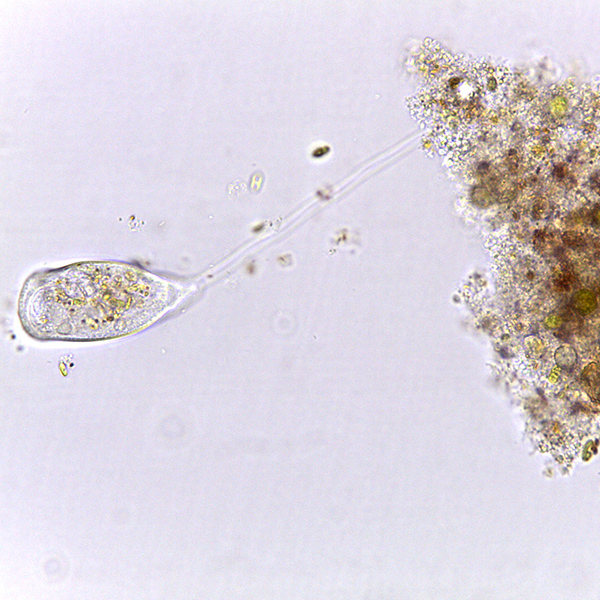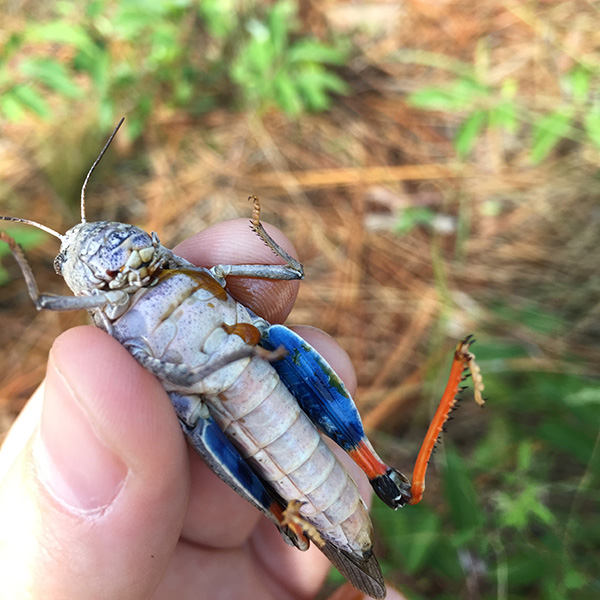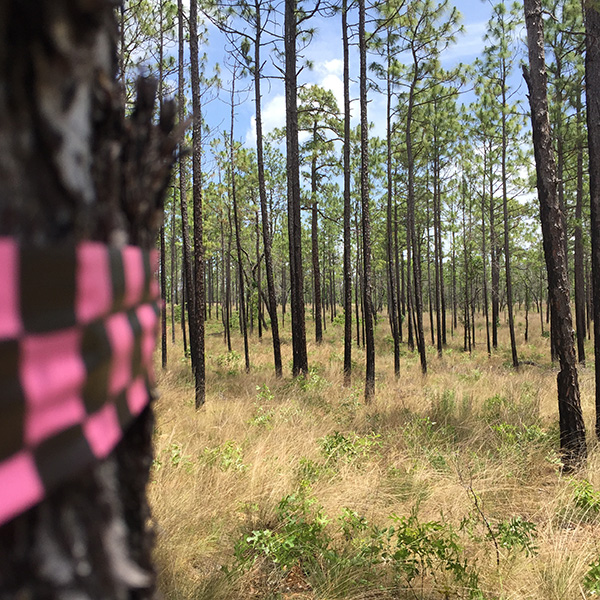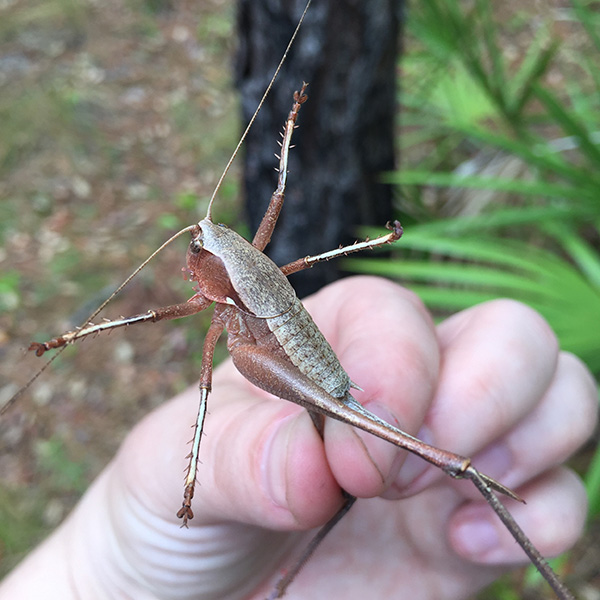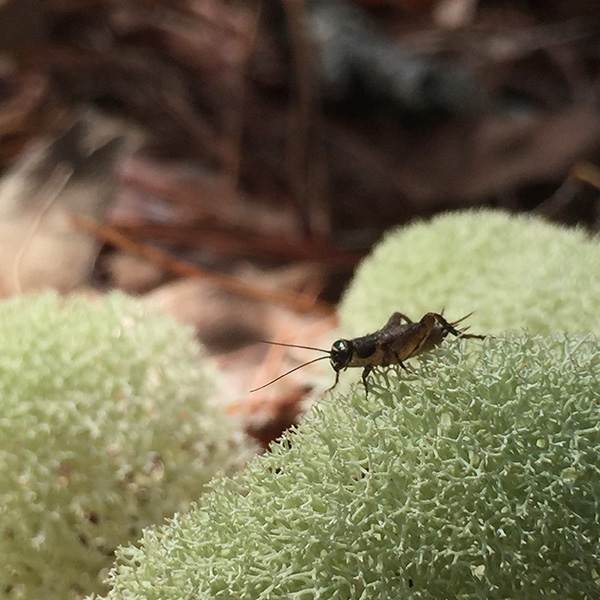Our Research
Community Ecology of Pine Rockland Plants
The pine rockland ecosystem of south Florida is one of the most critically imperiled ecosystems on earth. Pine rocklands remain on only 2% of their historic range due to habitat fragmentation, fire suppression, and invasive species. Conservation and restoration of the pine rockland ecosystem requires a multifaceted approach that considers not only habitat restoration, endangered species, and invasive species, but relationships between them. Our research focuses on understanding how fire suppression, invasive species, and fragmentation alter taxonomic, phylogenetic, and functional diversity of plant communities in remnant pine rockland fragments. We are currently working on two pine rockalnd projects: 1) Studying the interaction between pine rockland fragments and the agricultural landscape they are embedded in and 2) Exploring how pine rockland plant diversity has change over a 20 year time period on Long Pine Key in Everglades National Park. These research projects are a collaboration with Rae Crandall (UF, School of Forests, Fisheries, and Geomatics), Zach Brym (UF, Agroecology) and Jiangxiao Qui (UF, School of Forests, Fisheries, and Geomatics) and are currently funded by the UF/IFAS Dean of Research office and the US National Park Service.
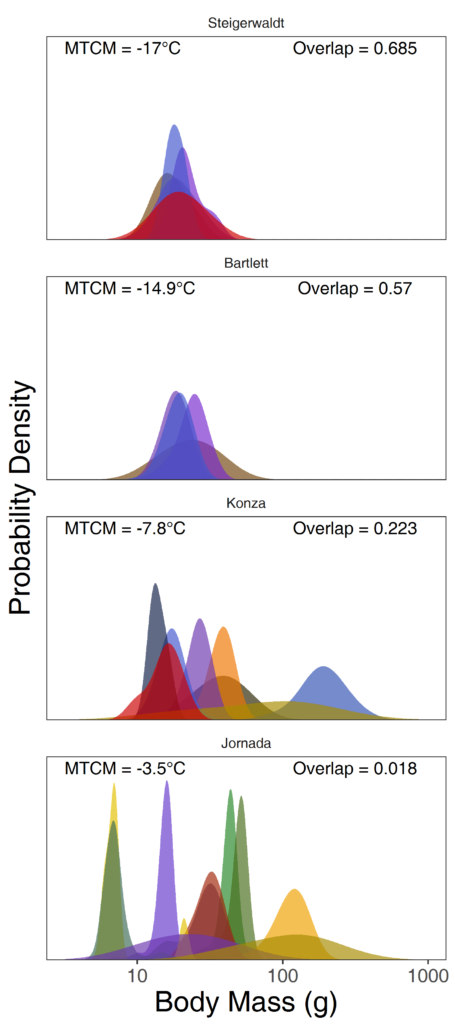
Using intraspecific trait variation to understand processes structuring continental-scale biodiversity patterns.
Understanding variation in the internal and external drivers of community composition across taxa and systems informs both ecological theory and conservation, particularly regarding the resilience and composition of ecological communities in the face of rapid global change. For this project, my collaborators and I use National Ecological Observatory Network (NEON) data on intraspecific trait variation, collect additional measurements from NEON organismal samples, and compile additional data related to NEON sites and samples (e.g., phylogenetic community structure) to determine how assembly processes internal to the community (e.g., biotic interactions, microenvironmental heterogeneity) and large-scale assembly processes external to the community (e.g., climate, land use) combine to affect intraspecific trait variation and community structure at a continental scale. I collaborate with Phoebe Zarnetske (Michigan State University), Angela Strecker (Portland State University, Sydne Record (Bryn Mawr College) on this project which is funded by the National Science Foundation: Macrosystems Biology and NEON-Enabled Science program. Check out our project website for more information.
<-Intraspecific body mass within small mammal communities shows decreasing overlap at higher temperatures across NEON sites.
Pitcher Plant Food Webs
The pitcher plant, Sarracenia purpurea, is a carnivorous plant that inhabits nutrient-poor bogs from northern Florida up the east coast of North America and across Canada. The plant possesses tubular leaves that open during the growing season and fill with water. Upon opening, the leaves capture invertebrate prey that serves as the base of a complex food web containing bacteria, protozoa, and macroinvertebrates. The food web decomposes prey items captured by the plant, releasing essential nutrients to the plant. Due to its tractable nature and geographic range, the aquatic food web found in the leaves of the S. purpurea is a model system in community ecology. Currently, I am working on a project with Leonora Bittleston, Zac Freedman, Erica Young, Sarah Gray using successional dynamics, biogeography, and experimental communities to examine mechanisms of plant-microbiome functional interactions in S. purpurea. This project is funded by the National Science Foundation- Understanding Rules of Life Program.
Species interactions in the longleaf pine ecosystem
The longleaf pine ecosystem of the southeastern United States is one of the most threatened ecosystems in North America. Management efforts have traditionally focused on longleaf pine regeneration, understory plants, and federally endangered species. However, successful managment of the longleaf pine ecosystem requires the conservation and restoration of ecological interactions between species. Interaction networks, which depict feeding/pollinator/competitive interactions as links between species can help inform management and conservation at the ecosystem scale. We study plant-herbivore interactions and plant-pollinator interactions in long leaf pine savannahs across northern Florida in collaboration with Johanna Freeman of the Florida Fish and Wildlife Conservation Commission’s Upland Habitat Research and Monitoring lab. This research is currently funded through the State Wildlife Grant (SWG) program.


